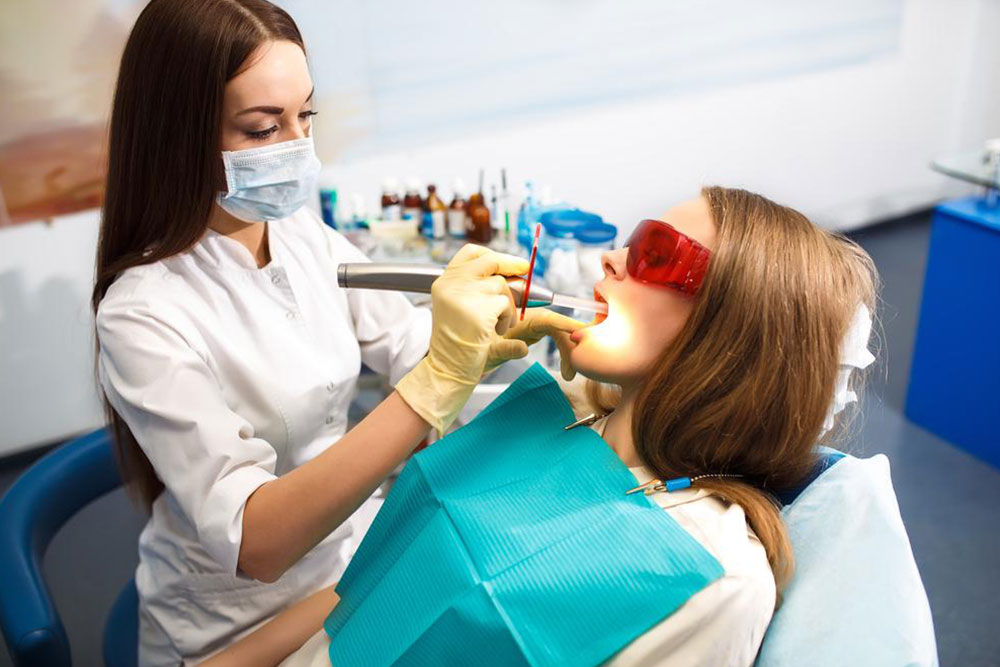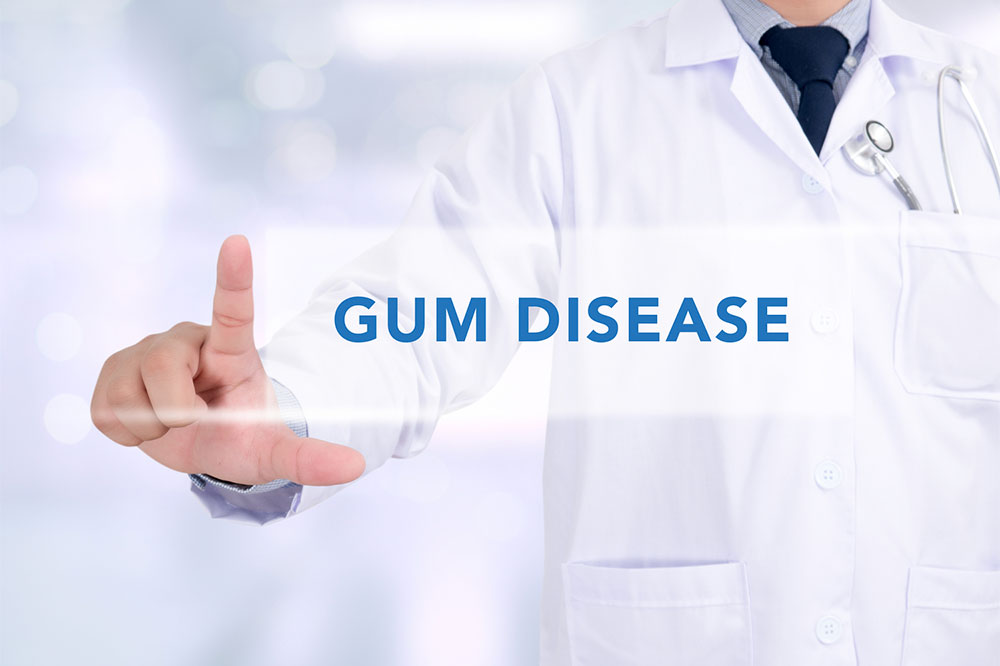Effective Treatments for Gum Disease: Surgical and Non-Surgical Approaches
Learn about comprehensive gum disease treatments, including non-surgical options like cleaning and scaling, as well as surgical procedures such as flap surgery, bone grafts, and tissue regeneration. Early intervention can prevent tooth loss and improve oral health.
Sponsored

Maintaining daily oral hygiene, such as brushing teeth twice a day, is common, but many overlook gum health. Poor gum health can lead to issues like tooth loosening and eventual loss. Fortunately, various treatments are available to combat gum diseases and prevent deterioration.
Gum disease therapies are categorized into surgical and non-surgical methods. The choice depends on overall health and response to initial treatments. Typically, non-surgical options are tried first, with surgery considered if these are ineffective.
Non-surgical treatments include:
Professional Dental Cleaning
This preventive step involves removing plaque and tartar above and below the gum line. Since regular brushing isn't enough, biannual professional cleanings are recommended if signs of gum disease appear.
Scaling and Root Planing
For extensive tartar buildup beneath gums, this procedure uses local anesthesia to scrape away plaque and tartar, then smooths rough spots to promote gum reattachment.
When tissue health is compromised, surgical intervention may be necessary. Common surgical options include:
Flap Surgery / Pocket Reduction
This technique lifts gums to remove hidden tartar, repairs bone damage, and refits gums snugly around teeth, lowering periodontal disease risks.
Bone Grafts
Severe bone loss may require grafting with natural, donor, or synthetic bone to stimulate regrowth, aided further by tissue engineering.
Soft Tissue Grafts
This restores receded gums by transplanting tissue from the palate to reinforce thin or damaged gum areas.
Guided Tissue Regeneration
In cases of significant bone loss, a barrier membrane is inserted during flap surgery to encourage bone regeneration and prevent soft tissue overgrowth.
Effective gum disease management combines non-surgical and surgical treatments tailored to individual needs, promoting healthier gums and preserving teeth.






